Neither before nor since this rare '60s 911 variant, has Porsche produced a 911 L. We found this fine sample, took it for a drive and try to understand why its production life was so short!
Words: Wilhelm Lutjeharms
Images: Rob Till
“L” must be one of the least exhilarating letters in the automotive world – and especially for those who appreciate Porsche 911s. After all, ‘L’ usually refers to long-wheelbase or luxury models, but letters such as S, R, RS, GT or GTS, well, enthusiasts pay more notice to those! There has only ever been one L in the 911 range and, as it happens, it adorned a car with pride of place in the 911 lineage, in this case from 1968.
History of the L
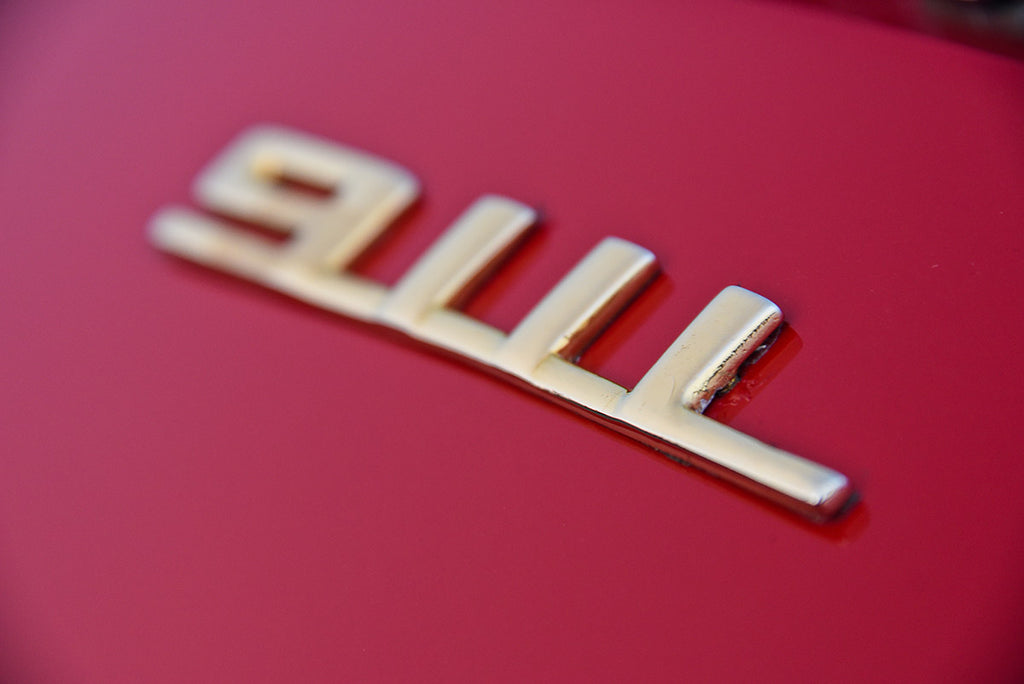
As is the case today, back at the start of the 911’s production life, Porsche didn’t wait too long to update the range. By the end of 1966, the firm introduced the 911 S for the 1967 model year. By the end of that year, Porsche changed the 911’s line-up again, adding the T (Touring) as well as the L. The L featured several of the S’s features, but not its more powerful engine (the former still offered 97 kW at 6 100 rpm). This was partly owing to US regulations but it did, however, feature the S’s ventilated disc brakes.

By 1968 the 911 range comprised of the T, L and S. But, even though Porsche had little experience in terms of its customers’ demands, the firm was learning quickly with every passing year. The L was another chapter, albeit a very short one, with the company testing the proverbial waters in the European and US markets. For the American market, Porsche made a few changes to the engine to comply with the emission requirements. Compared with the European engines, these US-specification units featured a V-belt driven air pump, which blows air into the exhaust manifolds when the throttle is closed. In line with Porsche’s aim to offer a luxury version of the 911 with a softer ride, the front anti-roll diameter was also reduced from 13 mm to 11 mm.
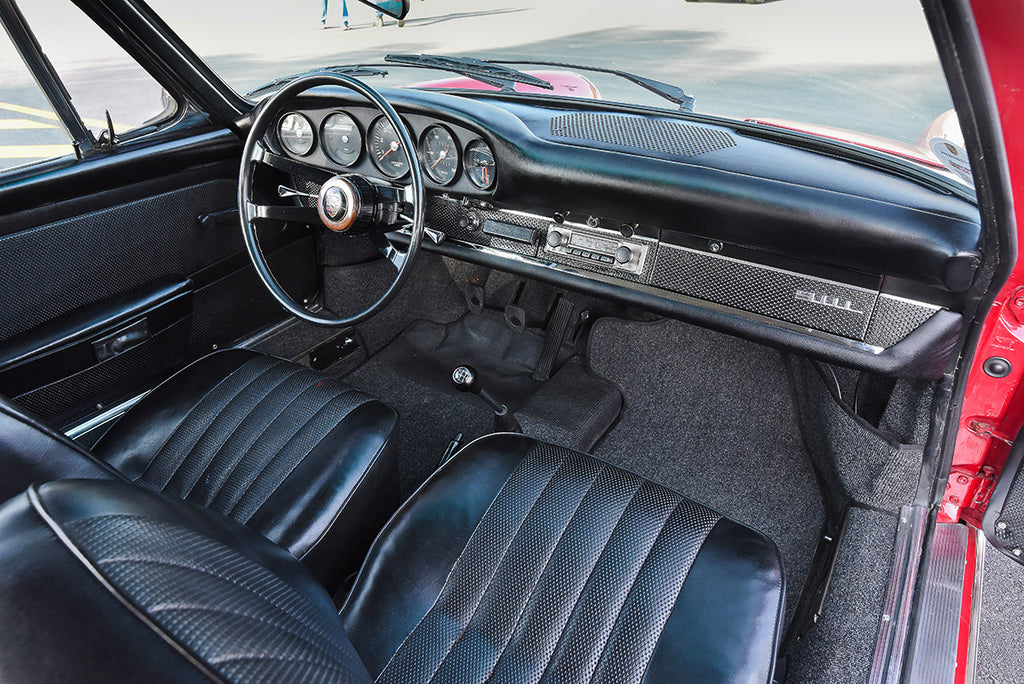
The previous owner purchased this 911 L around ten years ago. In other words, at exactly the right time before the air-cooled market exploded. There was little interest in the car at the auction where he bought it; as a result, he bought it for a bargain price. Since then, he has spent a significant sum on the car to restore certain elements of it. One of the highlights includes an engine-out detail job, which has left the flat six in near-pristine condition. The only non-standard items on the car are the headlights, but he is hoping to source and fit true-to-original items in the future.
Our location for the drive and shoot of the L couldn’t be more appropriate, Kyalami. As I paged through a few of my Porsche books before this drive, I was surprised to find that 911 Ls participated in a few race events all those years ago. In 1968 an L took part in the GDR Rally and in the same year, Helmut Kelleners and Jürgen Neuhaus competed in a touring car race at the Nürburgring.
Design and details
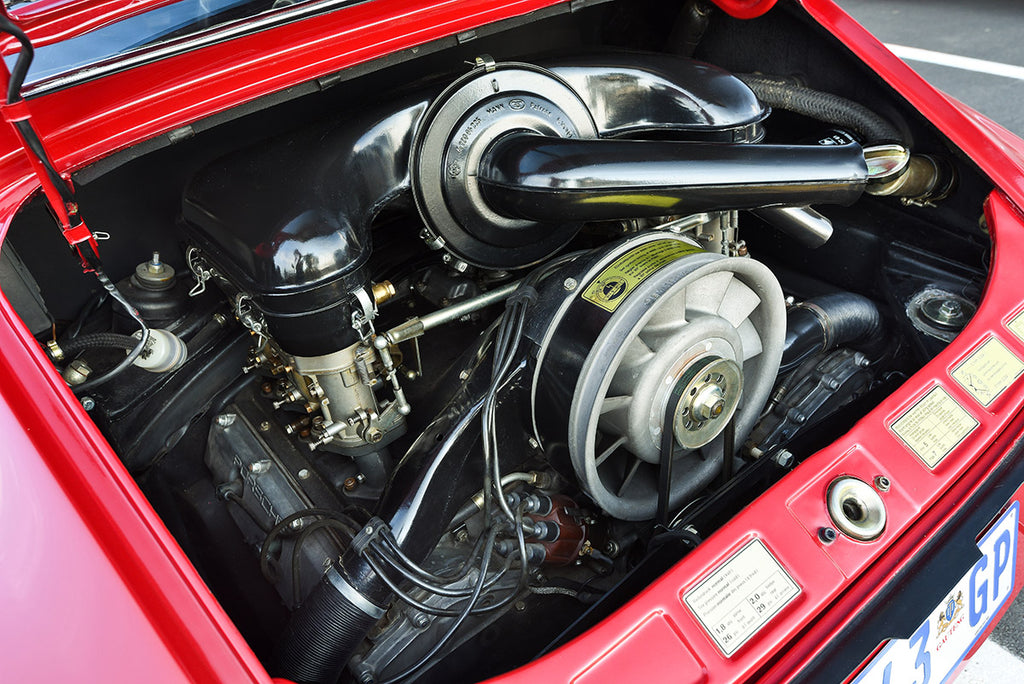
As the sun rises over the 911 L’s small dimensions, its Polo Red colour becomes even brighter, as does the run-off area painted in the colour of the South African flag. If it wasn’t for the gold-coloured Porsche and 911 L lettering on the engine cover, the car could easily be mistaken for one of any short-wheelbase 911. Aside from the notorious handling woes of these early models, the 911 L has near-perfect design and stance and its proportions are flawless. It is quite understandable why some enthusiasts prefer these cars to the later long-wheelbase versions. The elegant simplicity of this early design is also reflected in the car’s minimalistic steel wheels, which have chrome hubs and centre Porsche crests. They complement the polished aluminium window frames with aplomb.

Unlike the doors of later 911s, the L features redesigned door handles with recessed buttons. There were also several other updates to the L including, to name a few, black windscreen wipers and a larger door mirror. On the inside, there is a black, as opposed to wood-trimmed, steering wheel. The door swings open with ease and I get seated behind the large steering wheel. My 1.87-metre frame allows my head to just fit in below the roof lining, while there is also the option to open the sunroof for the added pleasure of fresh air and that flat-six engine sound, or to invite some sunlight into the cabin... depending on the outside air temperature, of course.
Behind the wheel
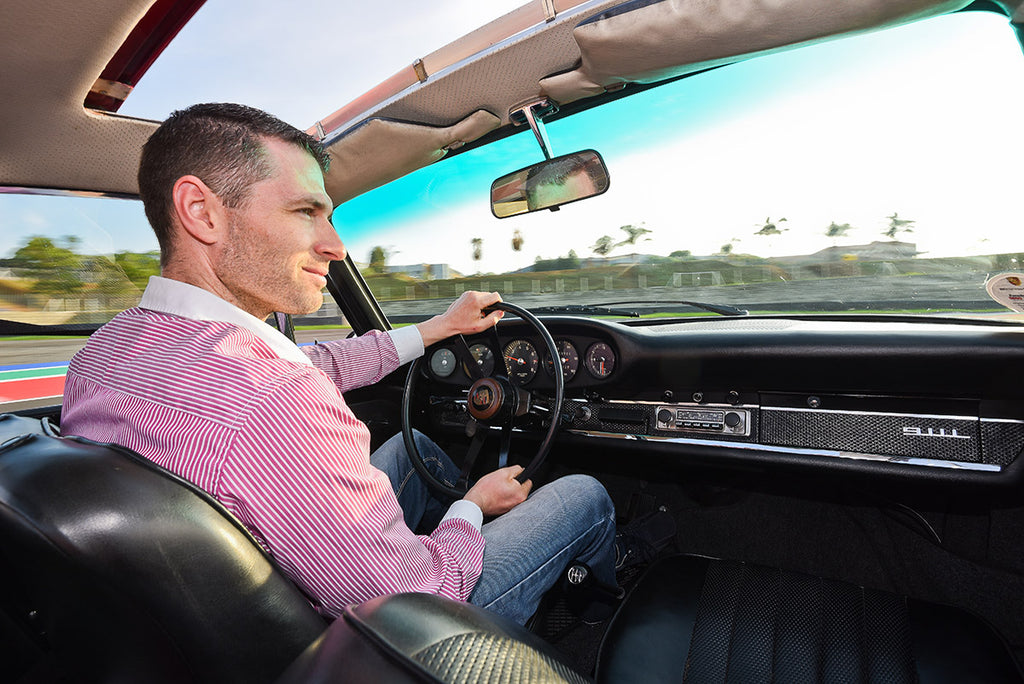
In the centre of the four-spoke steering wheel, the perfectly aged Porsche crest is encircled by a round piece of wood – isn’t that a neat touch? The black-circled dials, especially compared to those of the 911s from the 1970s, are more simplistic, but still feature the legendary five-dial layout. They are also basic in their design and therefore extremely easy to read. Compared to the busy, and at times confusing, interior layout and design of some modern cars – including Porsches – it is refreshing to drive a car equipped with only the bare essentials. The basic, two-knob radio unit affords some cheery on-road entertainment, but switching it on will prove disappointing in that it will broadcast news and music from 2023, not from 1968!
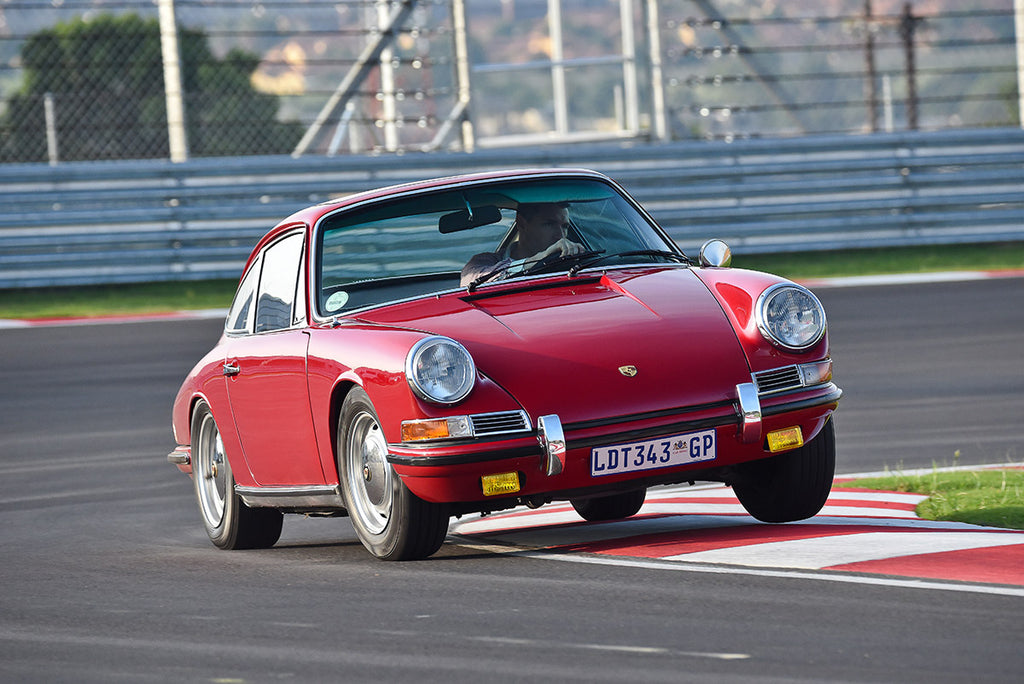
I turn the key in the ignition barrel positioned to the left of the steering wheel
and with a light prod of the accelerator pedal, the 2.0-litre, flat-six engine catches and settles into an even idle. After selecting the dog-leg first gear, I release the clutch pedal and the L pulls away. I quickly ease my foot off the floor-mounted throttle pedal, as the engine reacts quicker to my input than I anticipated. Second gear is across the gate and up and as I lean on the throttle, the engine reacts with a surprising level of conviction, even below 3 000 rpm. This time I keep the throttle pinned and the revs climb past 4 000 and 5 000 rpm. If I’m honest, the engine sounds like a typical flat six, but I deduce that the engine is probably working hard. Still, for a 55-year-old engine it pulls stronger than I thought it would.
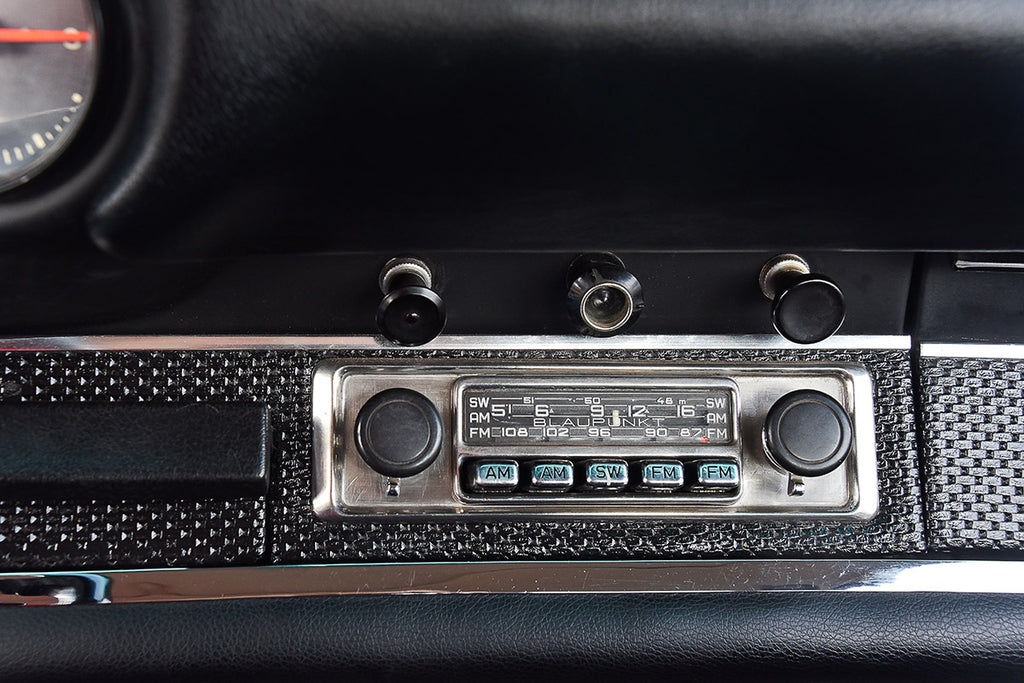
The ride quality is good, and it soon becomes evident that the L is quite suitable to be driven every day, but the handling does require a fair degree of familiarisation. There is more play on the steering wheel than in later 911s, but when your speed picks up, the car reacts to steering inputs with more zeal, but at the same time you have to anticipate the slight delay in the rack. While pushing the L through some corners, I need to hang on to the steering wheel, as you tend to move around in the seat under those circumstances. It is, however, rather fun to experience how the car dips into corners, followed by the modest grip on offer from the suspension and tyres.
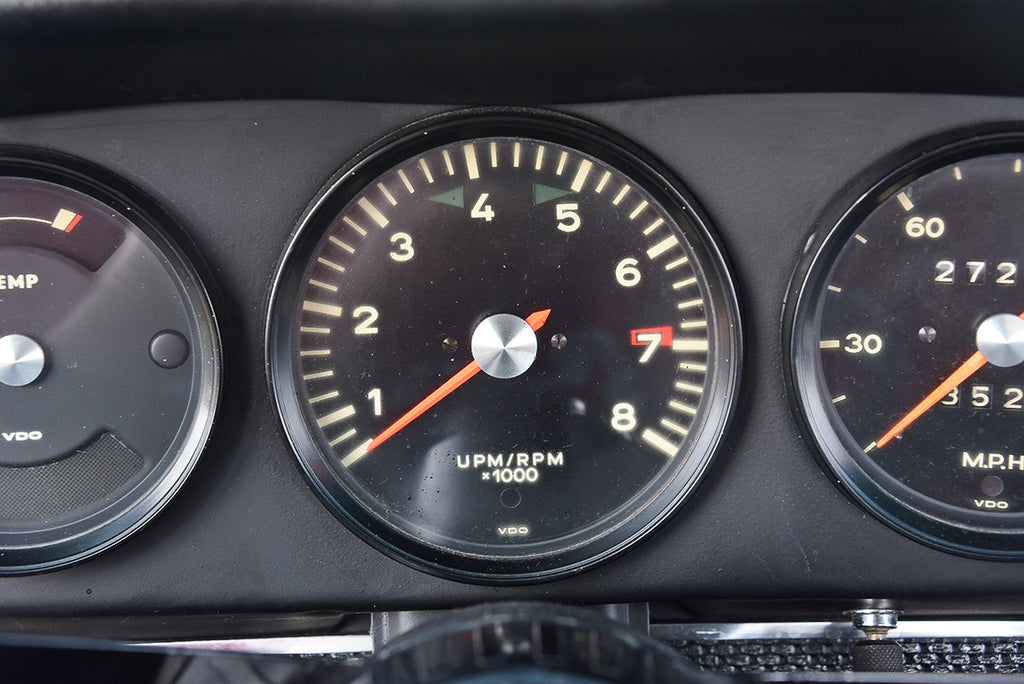
It is especially apparent when we look at the photographs and see that the 911 L cocked one of its front wheels over the rumble strips (without all that much effort!). It instantly reminds me of all those images of 911 racing cars of the era that were photographed with one of their wheels catching some air. As with all pre-G50 gearboxes, shifts can’t be rushed, but I rarely struggle to guide the gear lever in the right direction; only shifting to second from first is a bit time consuming.

By virtue of tipping the scales at only 1 080 kilograms, the L allows you to make
brisk progress. Compared to larger European sedans of the time, not to mention over-the-top American cars, the 911 L, even without the added performance of the S model, must have felt refreshingly quick, nimble and a joy to drive. Being produced only as a 1968 model year, only 449 L coupés were built for the US, of which some featured the Sportomatic transmission, and another 720 were produced mainly for the European markets. However, there were also a few Targa Ls, but their numbers are even smaller.

Even though the L was meant to offer a slightly more luxurious feel, it was still marketed as a pure sports car. A 911 L sales catalogue of the time features a racing 911 in action with the words ‘Racing: the ultimate proof’ in big letters. The L was priced at DM 21 450 in 1968; compare that to the full-on race car from the same year, the limited 911 R, which cost a substantial DM 45 000. The L’s limited production makes the model desirable as a collector’s item. However, that is now the case with most 911s produced in the 1960s!
Specifications:
Porsche 911 L
Engine: 2.0-litre, flat-four cylinder
Power: 97 kW at 6 100 rpm
Torque: 173 Nm at 4 600 rpm
Transmission: 5-speed manual, RWD
Weight: 1 080 kg
0-100 km/h: 8.4 seconds
Top speed: 210 km/h
Years produced: 1968

